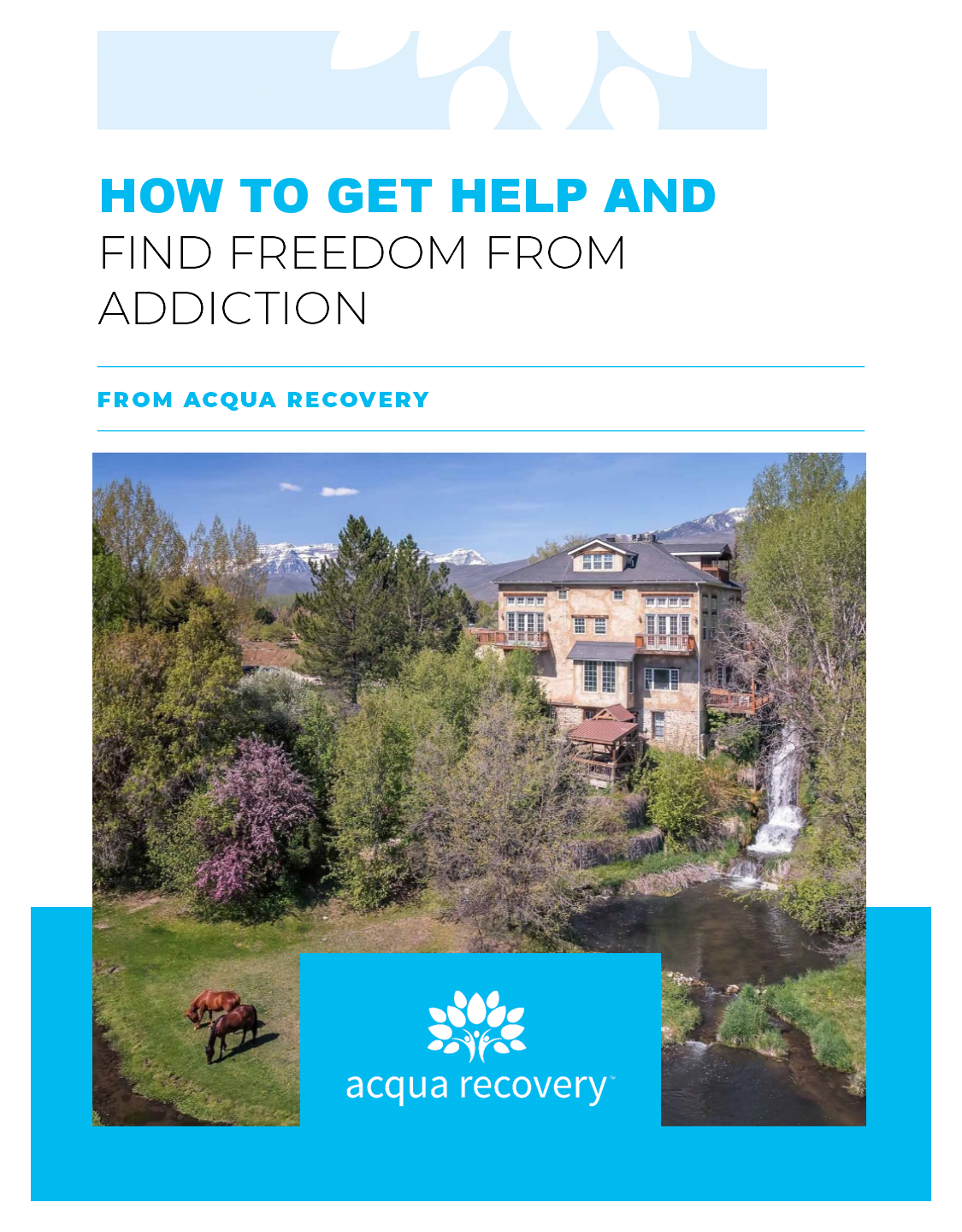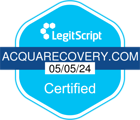Blue Xanax is a prescription medication that has gained popularity in recent years due to its calming effects and success in treating mental health symptoms. But what exactly is Blue Xanax and how does it differ from other forms of benzodiazephine? Learn about the origins, uses, and potential risks associated with Blue Xanax to understand this widely used medication.
If you or a loved one is struggling with addiction, our addiction treatment programs in Utah may be right for you. Don’t hesitate to seek professional help.
What is Blue Xanax?
Blue Xanax is a type of medication that contains the active ingredient alprazolam, which belongs to a class of drugs known as benzodiazepines. It is primarily used for the treatment of anxiety disorders and panic disorders.
The color blue refers to the color of the pill, which is oval-shaped and comes in different strengths including 0.25 mg, 0.5 mg, 1 mg, and 2 mg tablets. The dosage and frequency of Blue Xanax may vary depending on the patient’s condition and response to the medication.
Some common side effects of Blue Xanax include drowsiness, dizziness, headache, blurred vision, nausea, and changes in appetite. It may also cause more serious side effects such as difficulty breathing, severe drowsiness or confusion, and allergic reactions.
It is important to take Blue Xanax exactly as prescribed by a doctor and not to exceed the recommended dosage or duration of use. Medication-assisted treatment (MAT) can help you overcome Xanax addiction.
Xanax Addiction
Xanax works by increasing the levels of a neurotransmitter called GABA in the brain, which slows down the central nervous system and produces a feeling of relaxation. This can be highly beneficial for those suffering from anxiety disorders but can also be incredibly addictive.
The problem with Xanax lies in its rapid onset of action and short duration of effects. This means that users may feel an immediate sense of relief when taking the drug, but this feeling quickly wears off, leading them to take more to maintain the desired effect.
As tolerance builds up over time, individuals may need larger doses or more frequent use to achieve the same level of relaxation. This can quickly lead to physical dependence and eventually addiction.
Xanax addiction is characterized by symptoms such as cravings for the drug, withdrawal symptoms when not taking it, and inability to control usage despite negative consequences. It can also cause behavioral changes like secrecy or lying about drug use, neglecting responsibilities, and social isolation.
Aside from being highly addictive, Xanax abuse can have serious health consequences. Overdose is a significant risk due to its depressant effects on the central nervous system. Combining it with other substances like alcohol or opioids can increase this risk even further. In fact, according to the Centers for Disease Control and Prevention (CDC), benzodiazepines like Xanax were involved in almost 30% of all prescription drug overdose deaths in 2017.
If you or a loved one is struggling to control addictive urges, our benzodiazepine rehab in Utah can help. Don’t let addiction control your life any longer.
How Does Xanax Make You Feel?
When taken as directed, Xanax can make you feel calm, relaxed, and less anxious. It can also help to reduce physical symptoms of anxiety such as sweating, trembling, and rapid heart rate. Many people report feeling more at ease and able to cope with their daily activities while taking Xanax.
In addition to its calming effects, Xanax can also cause drowsiness and sedation. This can be beneficial for those who struggle with insomnia or have difficulty falling asleep due to their anxiety. However, it is important not to drive or operate heavy machinery while under the influence of Xanax.
Some people may also experience feelings of euphoria or a mild sense of detachment from reality when taking Xanax. This is due to its ability to increase dopamine levels in the brain, which can produce pleasurable feelings.
However, it is important to note that these effects can also be addictive if the drug is misused. Only take Xanax as prescribed and talk to your doctor if you have any concerns.
What Does Xanax Treat?
Xanax is a prescription medication that is primarily used to treat anxiety disorders and panic disorders. In addition to anxiety disorders and panic disorder, Xanax can also be prescribed for the treatment of other conditions such as depression, insomnia, and certain types of seizures. In some cases, it may also be used as a short-term treatment for muscle spasms or alcohol withdrawal.
It is important to note that Xanax should only be taken under the supervision and guidance of a doctor. Misuse or overuse of this medication can lead to serious side effects and potential addiction. If you are experiencing symptoms of addiction, consider our prescription pill addiction treatment.
How to Know if Someone is Abusing Xanax
If you are concerned that someone you know may be abusing Xanax, there are certain signs and behaviors to look out for.
Changes in behavior: One of the first signs of Xanax abuse is a noticeable behavior change. This can include sudden mood swings, increased irritability or agitation, or uncharacteristically risky behavior.
Frequent use: If the person is taking Xanax more often than prescribed or using it without a prescription, it could be a sign of abuse.
Seeking multiple prescriptions: People who abuse Xanax may try to obtain multiple prescriptions from different doctors or pharmacies to have a larger supply of the drug.
Withdrawal symptoms: When someone stops taking Xanax abruptly after prolonged use, they may experience withdrawal symptoms such as insomnia, nausea, tremors, and anxiety.
Neglecting responsibilities: A person who is addicted to Xanax may start neglecting their responsibilities at work, school, or home due to their preoccupation with obtaining and using the drug.
Financial problems: As with any substance abuse problem, financial issues can arise as people spend more money on buying Xanax or other drugs.
Social isolation: Someone who is abusing Xanax may become increasingly isolated from friends and family as they prioritize obtaining and using the drug over spending time with loved ones.
Physical symptoms: Chronic Xanax abuse can lead to physical symptoms such as dizziness, blurred vision, slurred speech, and lack of coordination.
Remember that recovery is possible and with the right treatment, a person can overcome their addiction and lead a healthy, drug-free life. Learn about our residential addiction treatment program in Utah.
How Can You Detox From Xanax?
Xanax detox is the process of safely removing the drug from the body and managing withdrawal symptoms. It is important to undergo a detox under medical supervision as abruptly stopping Xanax can lead to severe withdrawal symptoms, such as seizures. The duration and intensity of the detox process will depend on factors such as the individual’s usage, dosage, and overall health.
The first step in Xanax detox is to reduce the dosage over some time gradually. This is known as tapering off. It allows the body to adjust to lower levels of the drug and minimizes withdrawal symptoms. A doctor will create a tapering schedule that suits the individual’s needs.
During detox, it is important to monitor any physical or psychological symptoms that may arise. These can include anxiety, tremors, insomnia, nausea, and mood swings. Medications may be prescribed to help manage these symptoms.
In addition to medical treatment, a supportive environment can also aid in Xanax detox. This includes having access to counseling or therapy, engaging in healthy activities like exercise and mindfulness practices, and having a strong support system.
After completing detox, individuals may still experience lingering cravings for Xanax. It is important to continue with therapy and support groups during this time to prevent relapse. With proper treatment and support, individuals can overcome Xanax addiction through detoxification and anxiety treatment.
Treatment for Xanax Addiction
Treatment for Xanax addiction often requires a multi-faceted approach that addresses both the physical and psychological aspects of the addiction. At our treatment center, we offer dual diagnosis and prescription drug addiction treatment for individuals struggling with Xanax addiction.
Dual diagnosis refers to the co-occurrence of a substance use disorder and a mental health disorder. In many cases, individuals with Xanax addiction also struggle with underlying mental health issues such as anxiety or depression. Our dual diagnosis program allows us to address both the addiction and any underlying mental health issues simultaneously.
The first step in our prescription drug addiction treatment program is often detoxification. Once detox is complete, clients will move on to our residential treatment program. Here they will participate in individual and group therapy sessions that address their specific needs related to Xanax addiction. Our therapists use various techniques, including cognitive-behavioral therapy (CBT) and dialectical behavior therapy (DBT), to help clients understand their addictive behaviors and develop coping skills for managing them.
Find Freedom From Addiction at Acqua Recovery
Are you or a loved one struggling with addiction? Look no further than Acqua Recovery, where our dedicated team of professionals is ready to guide you toward a life of freedom and recovery. Our tranquil location in Midway, Utah provides the perfect setting for individuals to disconnect from daily life stressors and focus on their recovery.
Don’t let addiction control your life any longer. Contact us today to take the first step toward freedom.













